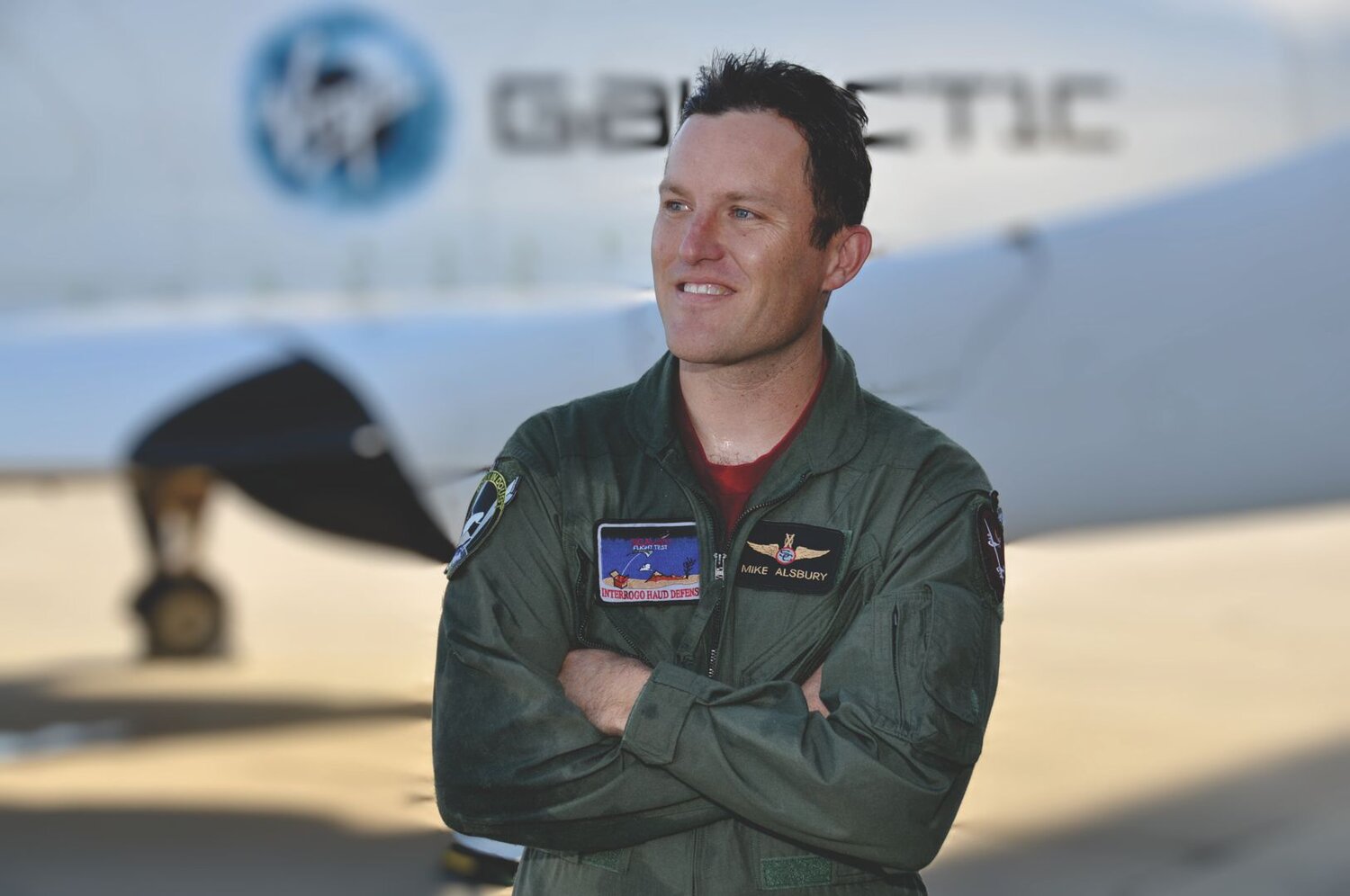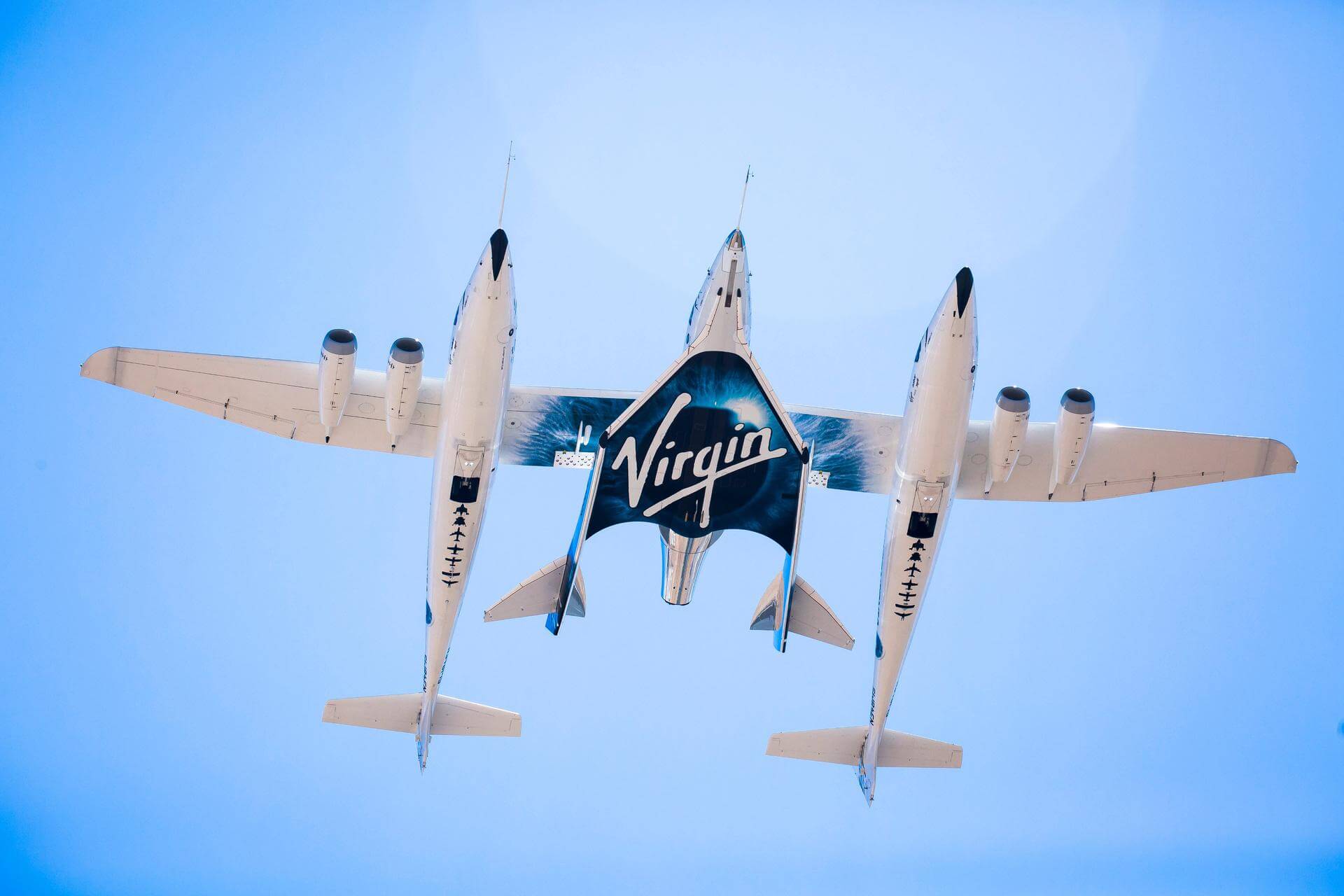Michael Alsbury
American - (VG)
Lost In Flight
Date of Birth: March 19, 1975
Date of Death: Oct. 31, 2014
Michael Tyner Alsbury was an American test pilot for Scaled Composites. On October 31, 2014, Alsbury was test flying the Virgin Galactic SpaceShipTwo, VSS Enterprise with Peter Siebold. The craft broke up in-flight, resulting in a total loss of VSS Enterprise, which crashed in the California Mojave Desert.
SpaceShipTwo | VSS Enterprise GF01
Virgin Galactic | United States of AmericaAir launch to Suborbital flight
Oct. 10, 2010, noon
SpaceShipTwo | VSS Enterprise GF02
Virgin Galactic | United States of AmericaAir launch to Suborbital flight
Oct. 28, 2010, noon
SpaceShipTwo | VSS Enterprise GF06
Virgin Galactic | United States of AmericaAir launch to Suborbital flight
April 27, 2011, noon
SpaceShipTwo | VSS Enterprise GF17
Virgin Galactic | United States of AmericaAir launch to Suborbital flight
June 26, 2012, noon
SpaceShipTwo | VSS Enterprise GF23
Virgin Galactic | United States of AmericaAir launch to Suborbital flight
Dec. 19, 2012, noon
SpaceShipTwo | VSS Enterprise CF01
Virgin Galactic | United States of AmericaAir launch to Suborbital flight
April 12, 2013, noon
SpaceShipTwo | VSS Enterprise PF01
Virgin Galactic | United States of AmericaAir launch to Suborbital flight
April 29, 2013, noon
SpaceShipTwo | VSS Enterprise CF02
Virgin Galactic | United States of AmericaAir launch to Suborbital flight
Aug. 28, 2014, noon
SpaceShipTwo | VSS Enterprise PF04
Virgin Galactic | United States of AmericaAir launch to Suborbital flight
Oct. 31, 2014, noon
Virgin Galactic is an American spaceflight company within the Virgin Group. It is developing commercial spacecraft and aims to provide suborbital spaceflights to space tourists. Virgin Galactic's suborbital spacecraft are air launched from beneath a carrier airplane known as White Knight Two.
Electron
Don't Be Such A Square (STP-S30)
Rocket Lab Launch Complex 2 (Launch Area 0 C) - Wallops Flight Facility, Virginia, USASTP-S30 is a complex mission that will deliver research experiments and technology demonstrations to orbit for the DoD and contribute to future space…
Falcon 9
Starlink Group 15-13
Space Launch Complex 4E - Vandenberg SFB, CA, USAA batch of 27 satellites for the Starlink mega-constellation - SpaceX's project for space-based Internet communication system.
Falcon 9
Starlink Group 6-99
Launch Complex 39A - Kennedy Space Center, FL, USAA batch of 29 satellites for the Starlink mega-constellation - SpaceX's project for space-based Internet communication system.
Ariane 62
Galileo L14 (FOC FM33 & FM34)
Ariane Launch Area 4 - Guiana Space Centre, French GuianaPayload consists of two satellites for Europe's Galileo navigation system.
Atlas V 551
Amazon Leo (LA-04)
Space Launch Complex 41 - Cape Canaveral SFS, FL, USAAmazon Leo, formerly known as Project Kuiper, is a mega constellation of satellites in Low Earth Orbit that will offer broadband internet access, thi…



